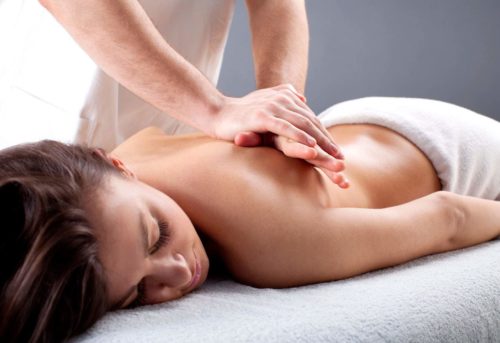
According to statistics, scoliosis affects around 2-3 percent of the general population that is approximately six to nine million people in the US. Scoliosis is usually diagnosed in childhood or adolescence period. It is equally occurring in both genders; however, females are eight times most likely to develop a curve magnitude that requires treatment. On a yearly average, patients with scoliosis make more 600,000 visits to private physician clinics, a rough estimate of 30,000 children are fitted with postural braces and 38,000 patients undergone spinal fusion surgery. Studies also show that scoliosis in adult can be costly and limits the quality of life. Experts say that scoliosis in the adult has a similar impact than that of coronary artery disease, osteoarthritis, and chronic obstructive pulmonary disease and posts a burden on the health-related quality of life.
Ninety (90%) percent of scoliosis cases are mild and doesn’t require treatment. The treatment of scoliosis is mainly based on the severity of its curve, sex, curve position, and bone maturity. Western medicine generally utilized casting, bracing, and scoliosis surgery. There are complementary therapies that may be used alongside the usual treatment. This includes Pilates, Aquatic physiotherapy, massage and Alexander Technique.
PILATES
It is a form of low impact exercise that intends to improve balance, joint mobility, postural and muscle tone and aids in back pain. Pilates can only help in strengthening the core muscles which then can ease the pain but in no amount decreases the growth of the curve. Some individuals suffering from scoliosis are intimated with trying Pilates because of the machines, the price of the classes and inability to perform the exercises. One needs to remember that like any other exercises; you need to go with your body’s pace. Prices for a private session are quite hefty ranging from 150-200 dollars but dual or small group classes can go as low as 25 dollars per session. It is best to arrange a class with individuals who are also suffering from the same condition.

AQUATIC PHYSIOTHERAPY
It is a form of gentle exercises done in the water. It is facilitated by a qualified physiotherapist in order to avoid injuries and to ensure that the movements are properly executed. Its benefits include relaxation of the muscles, relief from pain, improvement of blood circulation and mobility. Moreover, it can also improve endurance, balance, muscle strength and coordination. However, this therapy is restricted to persons with high fever, uncontrolled seizure disorders, COPD, chlorine or bromine allergy, serious fear of water, open wound and incontinence. How much is therapy? The price ranges from 43 to 128 dollars.
MASSAGE
Due to the curvature of the spine muscles in the shoulder and around the spine are misalign resulting to muscle tensions and spasms. Massage therapy can loosen these muscle knots and release some this tension. Please be advised to have this done by a licensed massage therapist.

ALEXANDER TECHNIQUE
It is a behavioral retraining to make one more aware and critical of his/her posture. It helps you identify the bad postural habits you have acquired and aids in correcting these habits. The idea behind the technique is to improve postural muscle tone and coordination. Also, it promotes re-learning how to move without muscle tension.
For more therapies or techniques in scoliosis treatments, you can visit the BetterHelp.com advice section, which is the largest provider of online therapy services.